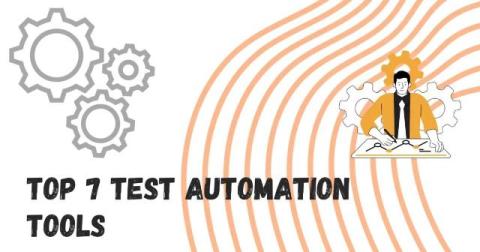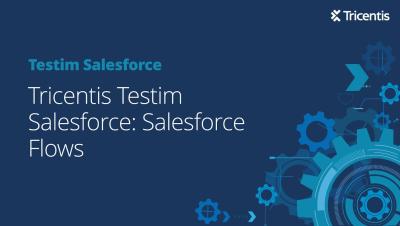Web Application Development: The Definitive Guide [2024 Updated]
Web applications have become the backbone of businesses—from eCommerce platforms like Amazon to social networks like Facebook. Unlike traditional websites that simply present information, web apps let users interact, make transactions, or even collaborate in real-time. Whether you're a small startup looking to streamline operations or a large enterprise needing scalable solutions, web apps make it all happen. But how do you go from idea to execution?











